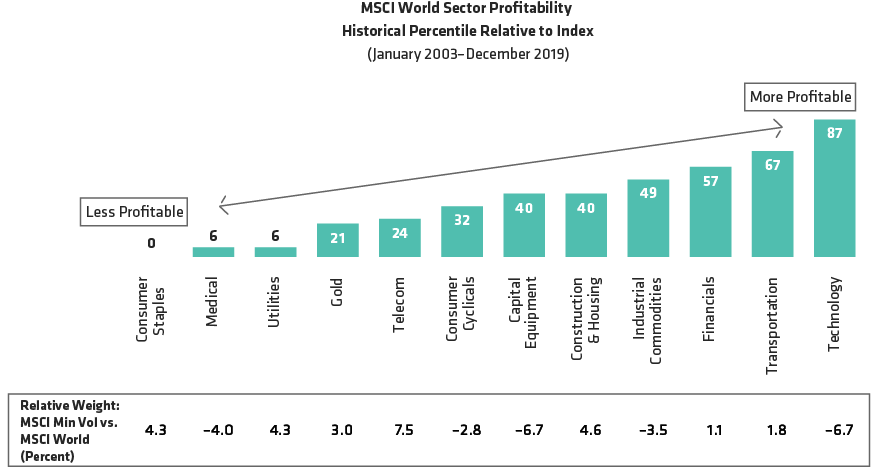-
The views expressed herein do not constitute research, investment advice or trade recommendations and do not necessarily represent the views of all AB portfolio-management teams and are subject to revision over time. AllianceBernstein Limited is authorised and regulated by the Financial Conduct Authority in the United Kingdom.
Are Low-Volatility Stocks Too Expensive?
Jan 17, 2020
3 min read
Valuations of Lower-Volatility Stocks Look Relatively High

Historical and current analyses do not guarantee future results.
As of December 31, 2019
Source: FactSet, MSCI and AllianceBernstein (AB)
Look for Quality Across Sectors to Find Good Value

Historical and current analyses do not guarantee future results.
As of December 31, 2019
Source: FactSet, MSCI and AllianceBernstein (AB)
About the Authors